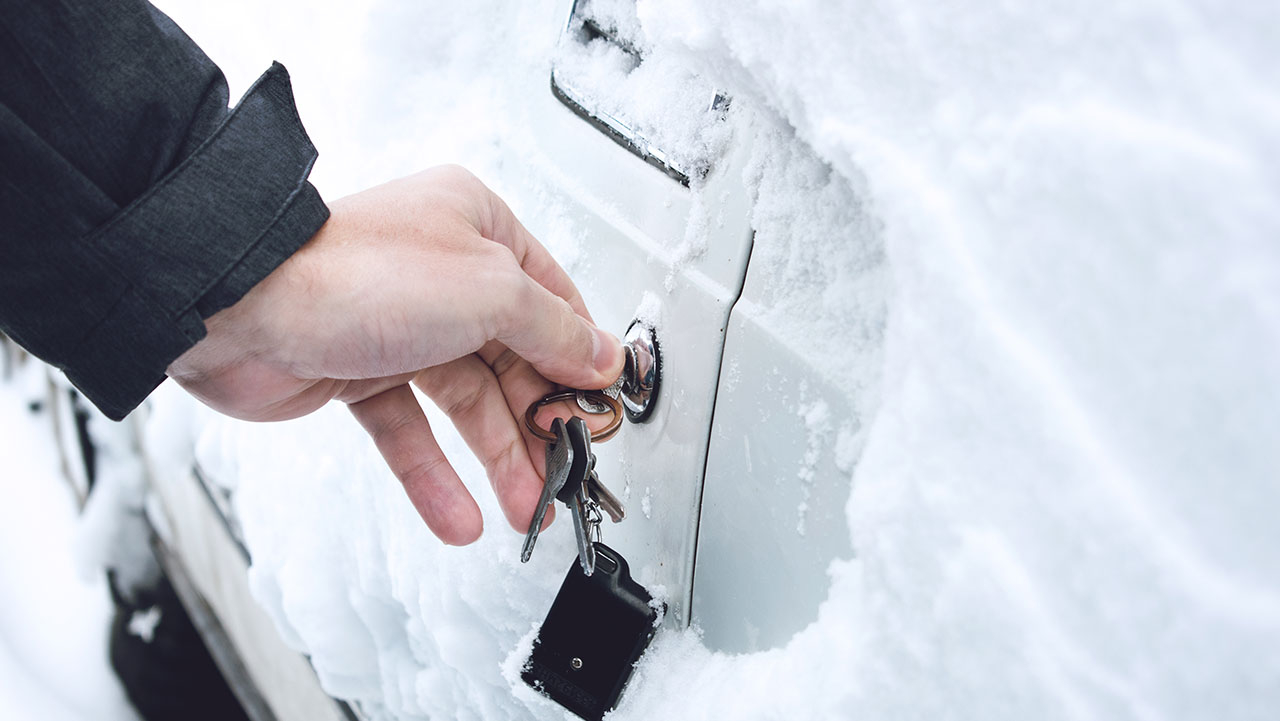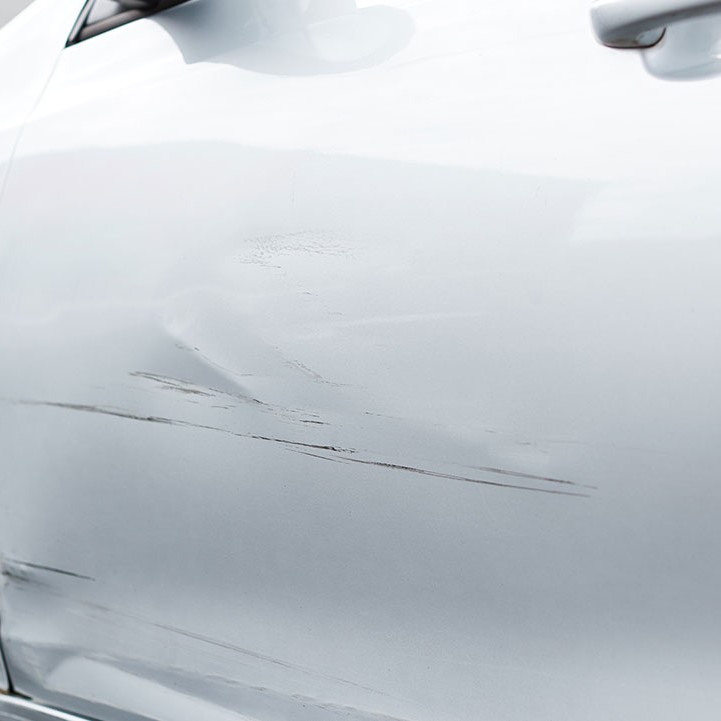Winter Driving

Tips for Winter Driving
Winter is upon us, and that means that driving conditions may be less than desirable at times. Collisions, accidents, and skidding off the road are common issues that most of us have to deal with at some point. Yet, these can be avoidable headaches. Make sure you are fully prepared for driving when the winter weather hits with our tips & tricks. From car preparation to breaking on icy roads, read on to learn how to avoid accidents and collisions.
How To Prepare for Winter Driving Conditions:
Check your tires
A big part of safe winter driving involves ensuring that your tires can handle the snow and ice that can accumulate on roadways. A good set of tires is essential for slip-free winter driving. Checking your tire treads to make sure they have a good depth is essential. The air in your tires will also contract as the temperature drops, so be sure to check your tire pressure when the temperatures start to dip below freezing.
Check under the hood
Give your vehicle a good once-over under the hood. Make sure your battery is free of corrosion, and if you know that your battery is a bit older, run a load test to see if it's time to replace it. It's never a bad idea to run a check of your engine coolant and antifreeze, as well as top off your windshield washer fluid. A good hardy set of winter windshield wipers will help to keep your windshield clear of accumulating snow and ice.
How To Drive Safely in Snow & Ice Conditions:
Now that your car is winter-ready, it's time to talk about winter driving skills. There are a few simple things to keep in mind when driving on slippery roads:
-Allow yourself plenty of time to reach your destination
-Maintain a steady & cautious speed
-Leave ample room between yourself and the vehicle in front of you
-Don't accelerate or brake too quickly, as this can result in a loss of traction
-If you start to skid, DON'T HIT THE BRAKES. Instead, turn into the skid by turning your wheel in the same direction that the car is sliding. This will help you to slow your car and regain traction.
-If the weather is bad enough, don't drive. Use public transportation if possible, or stay home.
Be Prepared for an Emergency:
Sometimes even the most diligent drivers find themselves stranded in a blizzard or stuck in a snow bank, waiting for a tow. It's a good idea to make sure you have supplies in the event that you are stranded in your vehicle. Keeping jumper cables, flares or a reflective triangle, and a good flashlight (with batteries) in your car year-round is always recommended. Some other items to consider in the winter are:
-A folding shovel that can be used to clear snow from around your tires
-An emergency blanket
-Bottled water
-An extra pair of gloves & warm socks
-Non-perishable snacks such as bags of nuts, or meal supplement bars
This may seem like a lot of stuff, but in reality, these items shouldn't take up a lot of room. You should be able to put together a thorough kit that can easily be stored in a 6-quart storage bin, and a winter emergency kit will prove itself invaluable, should you become stranded in wintry conditions.
Have a Good Collision Center in Mind, Just In Case:
No matter how prepared you may be for winter driving, accidents can and will still happen. Even the most cautious winter driver can't account for everyone else on the road. Drive defensively, and be aware of the vehicles around you. If you do experience an accident resulting in vehicle damage, the professionals at Auto Care East can help get you back on the road in a vehicle that looks as good as new. Our expert collision department is I-CAR Gold Certified, and ready to help you through the repair process. Give us a call for more info or to get your car in for repairs!


